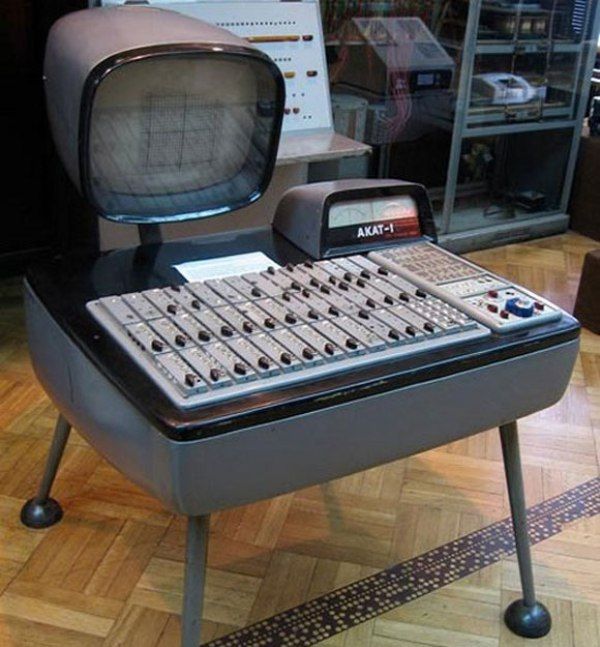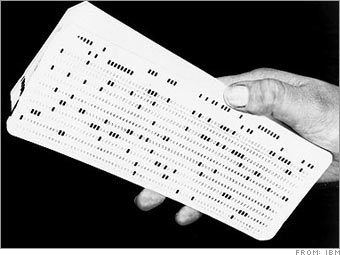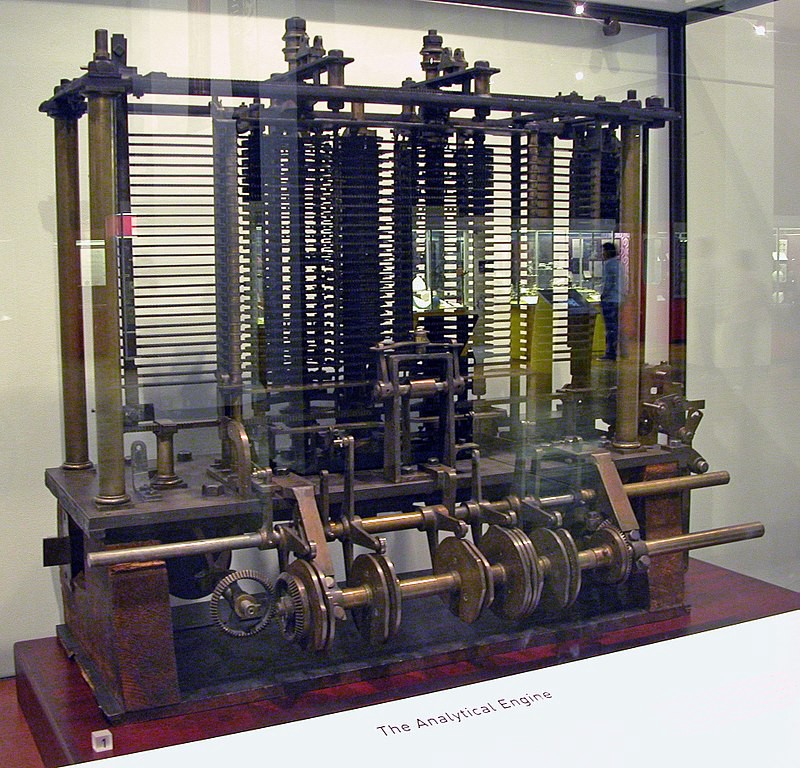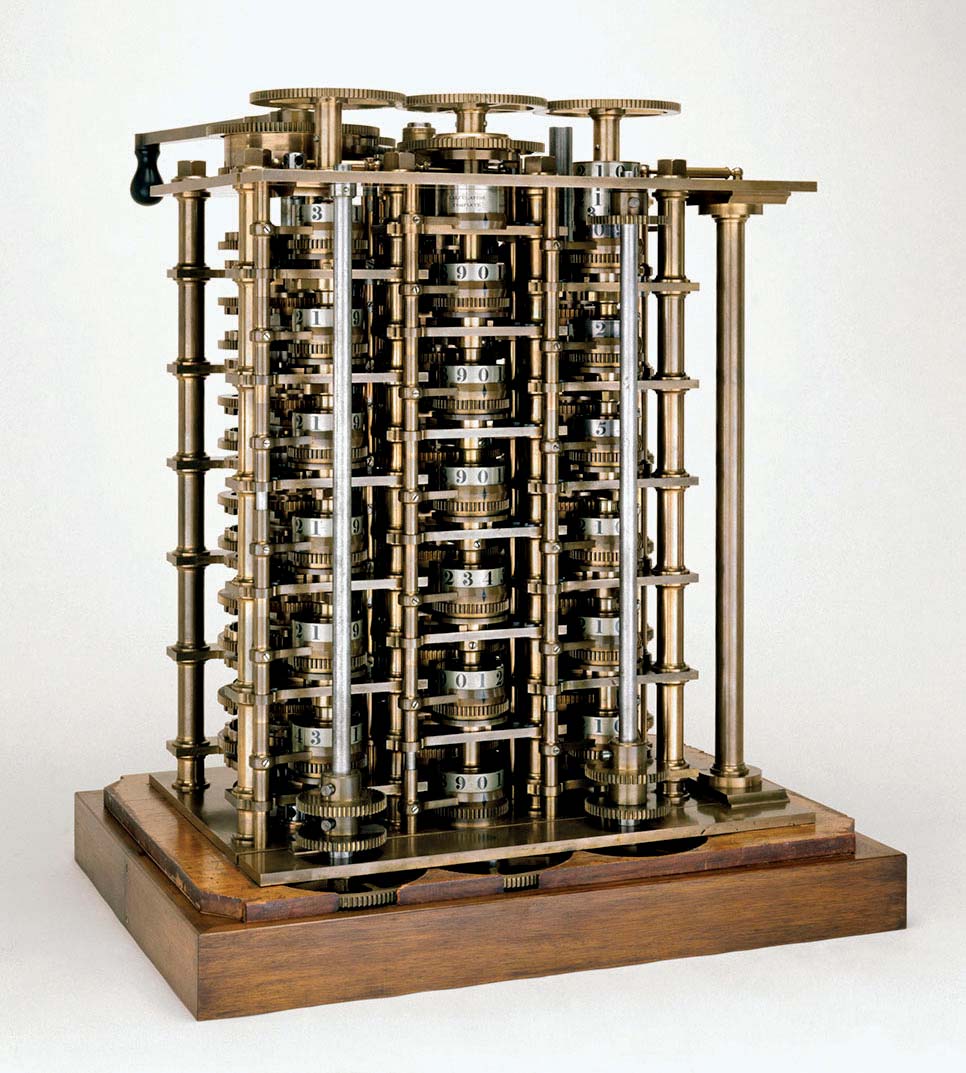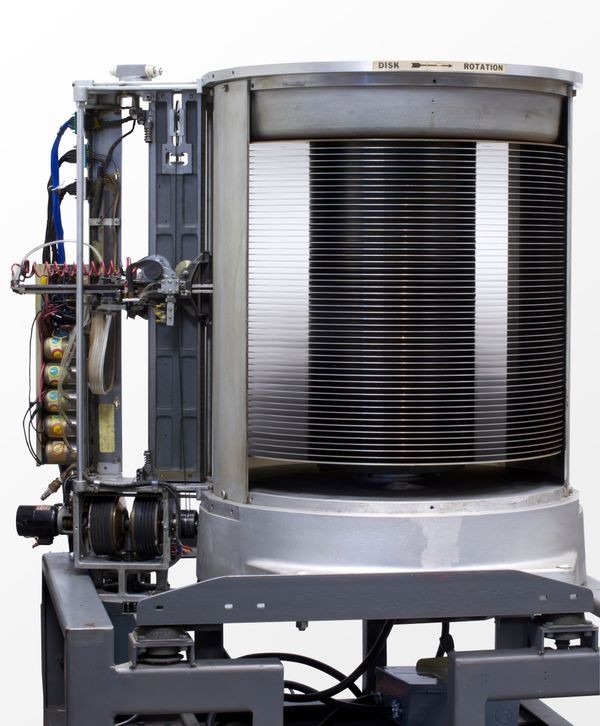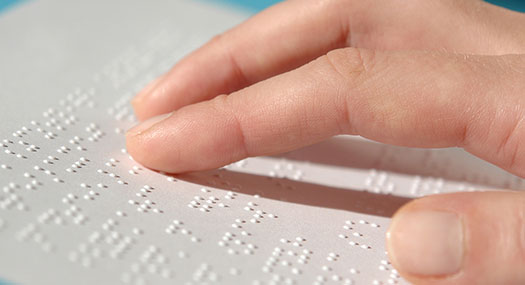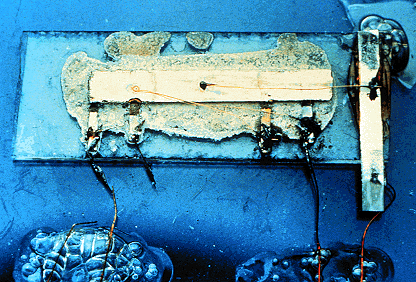Analogue Computers
An analogue computer is a type of computer that uses physical components and electrical signals to perform mathematical operations. These computers were prevalent from the 1930s to the 1960s and were used for a variety of applications, including scientific research, engineering, and military calculations. The earliest analogue computers used mechanical...


